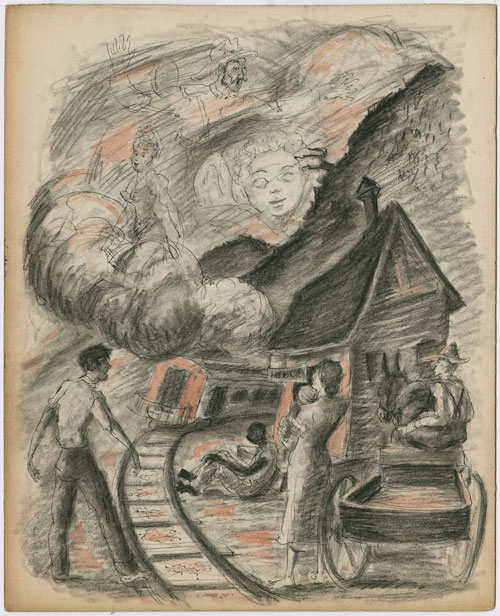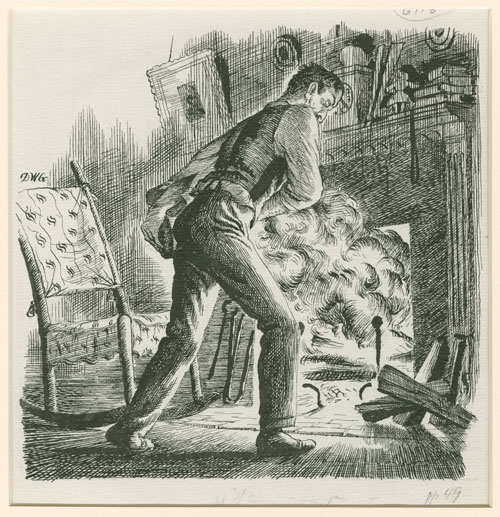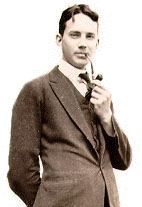“The transformation of a sweet Carolina country clown into a monster [for his role in “A Face in the Crowd” (1957)] was almost too much for Andy Griffith….[Director Elia] Kazan set out to turn his unsuspecting actor into the movie’s angry, dangerous hillbilly predator, to find the mean core in the vulnerable Griffith and expose that to the larger world, all of which caused great damage to Griffith’s marriage and to his view of himself as a human being….
“Kazan began with intimate, probing conversations; by revealing his own poor immigrant past, he got Griffith to reveal his poor hillbilly past in Mount Airy, North Carolina. Kazan learned that as a boy the actor had been labeled ‘white trash’ because of where he lived and who his people were. Bingo! Kazan had his key vulnerability….
“Kazan could merely whisper ‘white trash’ at Griffith between clenched teeth before turning on the cameras, and the fury of the outsider would rise in the actor….
“Kazan also carefully engineered Griffith’s isolation from the rest of the cast and crew , so that he would feel even more the hillbilly oddball….At a party at [co-star] Patricia Neal’s home, Griffith — who, now constantly in character as Lonesome Rhodes, seemed to feel he had to be the center of attention — showed his ignorance about art and literature in front of the very sophisticates from whom the real Andy Griffith sought approval, and his subsequent embarrassment made him withdraw sullenly….The next day on the set, Kazan suggested that members of the company line up and publicly mock Griffith for his dumb-hick ignorance of the night before. As a result, Griffith [according to an account in the New York Times] did ‘a fine psychotic day’s work.’
“In fact, Griffith the man was growing as dangerous as Lonesome Rhodes the character. Griffith made the tabloids during the filming as something of a wife abuser. He was said to ‘get out of hand.’ There was one item about his flying into ‘an ungovernable fury ‘ at his wife, Barbara, and smashing multiple closet doors…Griffith [said later], ‘I did a lot of things to Barbara, mostly with silence…. You play an egomaniac and paranoid all day, and it’s hard to turn it off by bedtime.’ ”
— From “Hillbillyland: What the Movies Did to the Mountains and What the Mountains Did to the Movies” by J. W. Williamson (1995)
Every time I see “A Face in the Crowd” and “Ace in the Hole” (1951), I’m bowled over by how keenly they predict today’s media excesses.




 Happy Birthday Thomas Wolfe! The author was born 111 years ago today in Asheville.
Happy Birthday Thomas Wolfe! The author was born 111 years ago today in Asheville.